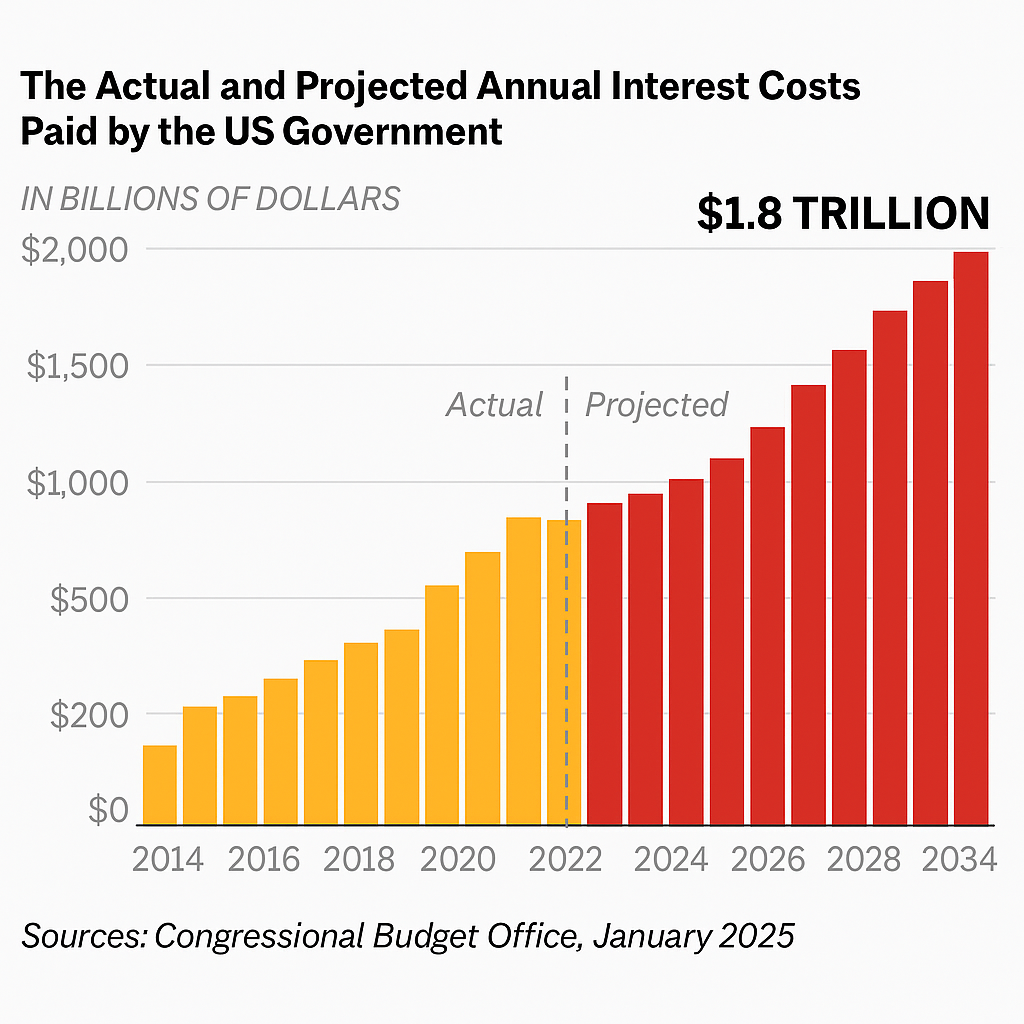Tuesday, 15 July 2025
Written by MYTHEO

Key Takeaways
- Trump’s Megabill, signed July 4, 2025, marks a strategic policy pivot. It prioritizes capital and cuts welfare, a focused approach over broad economic expansion.
- Tax relief is selective: strong for businesses and high earners, but modest for most. Spending shifts to defense, bypassing infrastructure, and slashing key social programs.
- For investors: corporate tax breaks could fuel equities. Yet, rising debt pressures bonds with higher yields. Energy markets are split: negative for fossil fuels due to oversupply, but even more negative for renewables with direct incentive cuts.
While global tariffs continue to dominate headlines, President Trump's second term has introduced another sweeping policy move: the One Big Beautiful Bill Act, widely referred to as the "Trump Megabill." Signed into law on July 4, 2025, this expansive legislation brings significant changes across tax policy, federal spending, energy priorities, and social welfare programs.
A Look Back: The TCJA of 2017
During his first term, Trump’s signature legislative win was the Tax Cuts and Jobs Act of 2017 (TCJA). The law permanently lowered the corporate income tax rate from 35% to 21%, while allowing full expensing of business equipment purchases through 2022 to encourage capital investment.
On the individual side, the TCJA reduced tax rates across all income brackets, including a cut in the top marginal rate from 39.6% to 37%. However, these personal tax cuts were scheduled to expire after 2025.
Starting in 2022, the TCJA also changed how companies deduct research and development (R&D) costs, requiring amortization over five years instead of allowing immediate deductions. This shift has been especially unpopular among businesses focused on innovation and growth
Key Highlights of the Trump Megabill
Rather than introducing new taxes, the Trump Megabill offers a series of targeted incentives aimed at stimulating business investment and strengthening US competitiveness.
Key provisions include:
- Reinstatement of 100% bonus depreciation for equipment purchases
- Reversal of the TCJA’s R&D amortization requirement, allowing immediate deductions
- Expanded deductions for capital expenditures related to the construction of manufacturing facilities
These incentives apply retroactively to projects that began after January 19, 2025, and remain available for investments launched before January 1, 2029.
Impacts on Individual Taxpayers
On the personal tax front, the Megabill focuses on extending existing relief rather than introducing new cuts. The most notable change is the permanent extension of the 2017 tax rates. Without this measure, the top marginal rate would have reverted to 39.6% in 2026. Under the new law, it remains at 37%, preserving one of the most significant features of the original TCJA for high earners.




